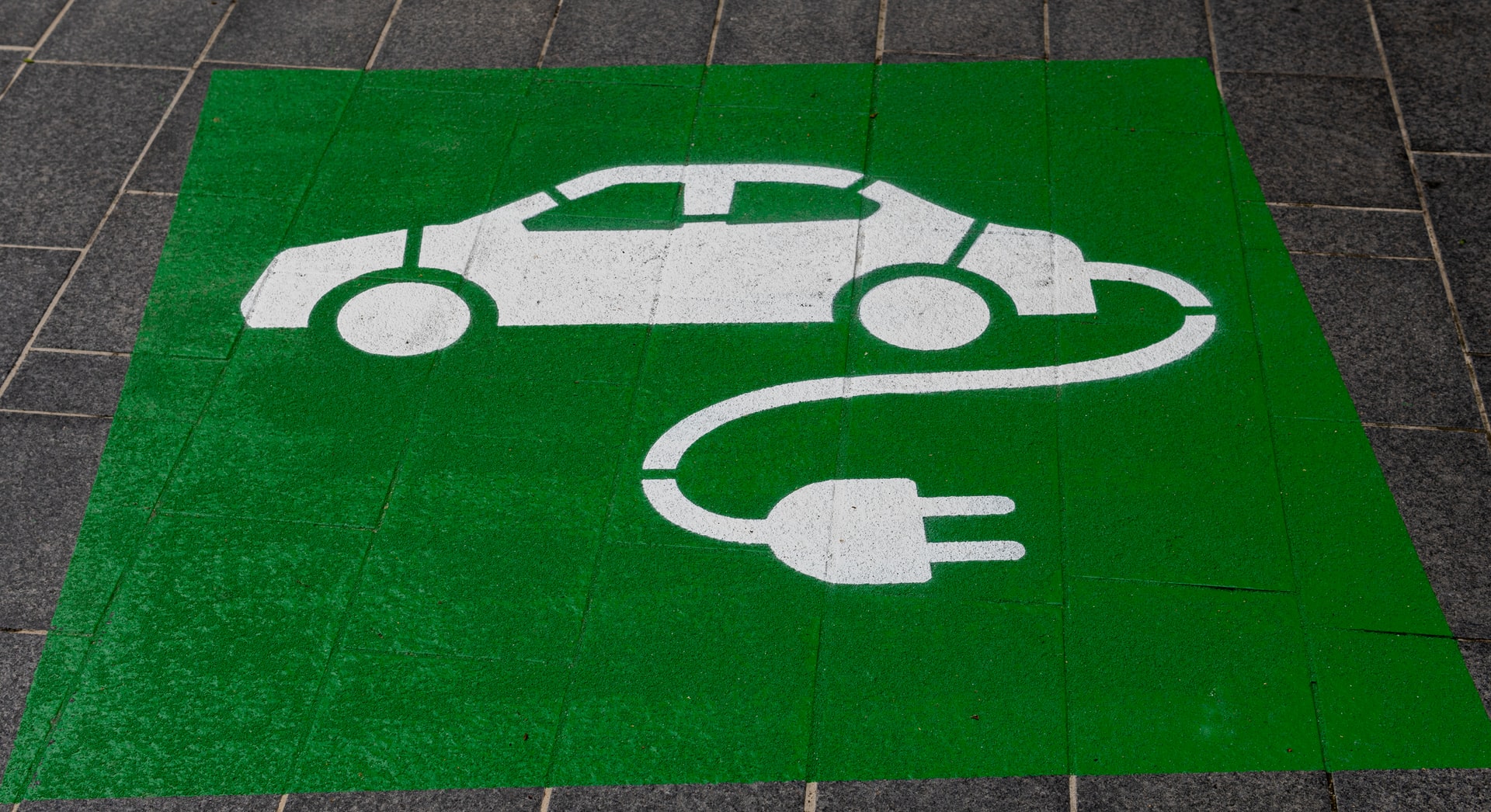Electric Vehicles: The Future is Now!

Since the turn of the 21st century, hybrid and then all-electric vehicles have been gaining popularity among both auto manufacturers and consumers. In 1997, Toyota debuted the Prius, the first mass produced hybrid vehicle, thus laying the groundwork for the slew of hybrid and all electrical vehicles we’re familiar with now. Rapid innovation in batteries, chargers, and manufacturing facilities has allowed newer entrants like Tesla to find a niche making exclusively electric cars, something which would have been absurd to imagine even 15 years ago.
But are hybrid and electric vehicles actually making the world greener? In terms of the amount of particles emitted per vehicle, it is a resounding yes!
Back to the Future
The answer is a bit more nuanced when looking at how much energy will be needed to power them in the future. According to analysis done by Thomson Reuters, by the year 2040 we could see a world where roughly half of the vehicles on the road would still be powered by fossil fuels, but all new vehicles sold would be EVs. As a result, carbon dioxide production from passenger cars would fall to 1.7 billion metric tons from the over 3 billion metric tons emitted today.
The charts below (methodology found here) help visualize the trend in vehicle composition, emissions, and energy demand that we might witness:
This green car revolution will be even more pronounced should forms of energy used to charge electric vehicles come from sources like solar, hydroelectric, and wind power, rather than mediums like oil or coal.
Progress Being Made
Several countries are embracing the EV revolution more than others. It may come as a surprise to some people due to its reputation as the biggest polluter, but China is one of them. It is in fact because of their pollution levels that the government has been promoting the adoption of green technologies through generous subsidies.
Due to its more command-style economy, China is actively pursuing its stated goals using government force to reduce its dependence on oil from the Middle East, its urban air pollution, and its carbon emissions. For example, in September 2013, the central government introduced a subsidy scheme providing a maximum of US$9,800 toward the purchase of an all-electric passenger vehicle and up to US$81,600 for an electric bus. This has translated to China having the largest stock of highway legal plug-in passenger cars with over 4.5 million units, 42% of the global plug-in car fleet in use. China recently announced its most ambitious goal, however, which is to make all new vehicle sales “green” by 2035, meaning no more vehicles powered exclusively by gasoline or diesel.
Green cars are clearly the future. Luckily for you, tons of beautiful fully electric cars are already on the market today! That’s not even taking into account the many new companies and vehicle models about to hit the market over the next several years. If you want to conscientiously zoom into the future in style, switching to an all electric or hybrid car is the way to go!


Ι used too be able to find good info from yoir
blog posts.
mу weeb blog: electric vehicle blog